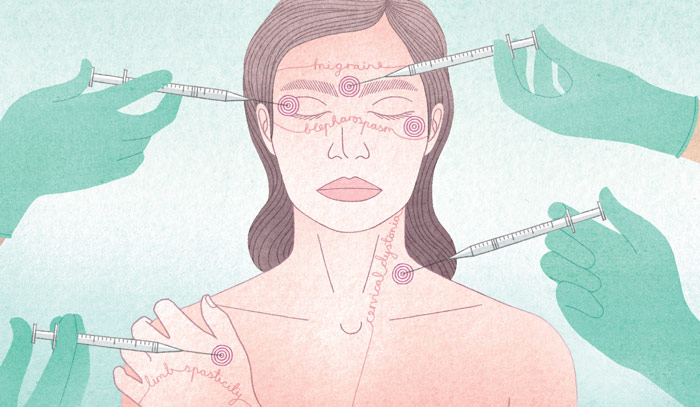
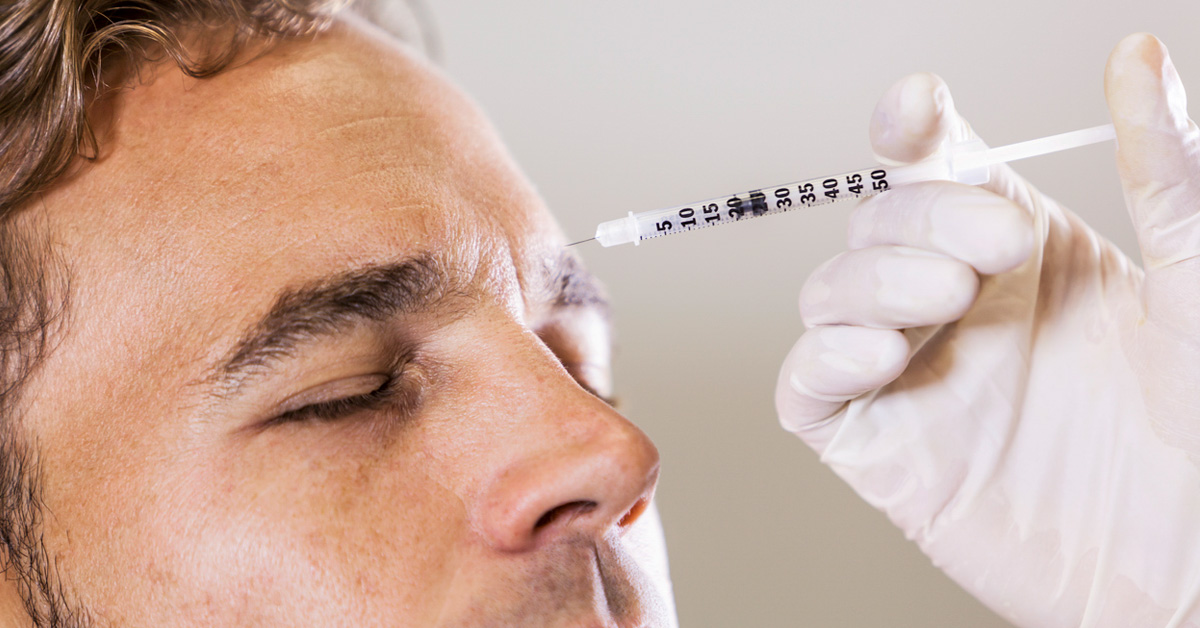
WHAT IS BOTULINUM THERAPY?
Botulinum therapy is specifically used for various movement disorders. Its main indications are different types of dystonia like blepharospasm, cervical dystonia, writer’s cramps, leg dystonia, hemi facial spasm, spasticity of limbs, migraine, etc.
In this treatment, after your detailed evaluation doctor will decide the best possible dose for your problems based on stage and severity of your condition.
There are no major side effects of this treatment. It never causes any permanent problem or side effect so don’t believe in any such wrong information. The only thing you can do before this treatment is to consult certified expert of botulinum therapy for best result.
At Dr. Barad’s Clinic, we offer Botulinum toxin therapy to treat many neurologic disorders, including:
- Blinking or twitching of the muscles on one side of the face (Hemifacial Spasm)
- Blepharospasm
- Dystonia
- Spasticity from strokes, multiple sclerosis, brain injuries
- Pathologically abnormal sweating, and drooling
- Headache and other painful conditions
TREATMENT OF NEUROLOGICAL DISORDERS BY BOTULINUM INJECTION - AHMEDABAD
Cervical Dystonia
Cervical dystonia is the most common form of focal dystonia and is a highly disabling movement disorder characterised by involuntary, usually painful, head posturing. Currently, botulinum toxin injection is considered the first line therapy for this condition.

Blepharospasm
Blepharospasm is a rare condition that causes your eyelid to blink or twitch. You can’t control it. This is called involuntary blinking or twitching. The twitching is caused by a muscle spasm around your eye.
Blepharospasm is just one of several reasons your eyes might twitch. More common reasons include minor things, such as being tired or high caffeine use. Serious reasons might include neurological diseases. Blepharospasm affects women more than men. It may run in families.

Hemifacial Spasm
Hemifacial spasm is a nervous system disorder in which the muscles on one side of your face twitch involuntarily. Hemifacial spasm is most often caused by a blood vessel touching a facial nerve, but it may be caused by a facial nerve injury or a tumor, or it may not have a cause.
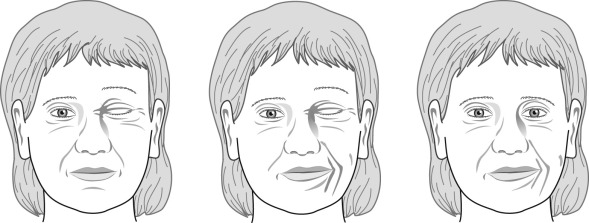
Writer’s Cramps & Hand Dystonia
Writer’s cramp is a focal dystonia of the fingers, hand, and/or forearm. Symptoms usually appear when a person is trying to do a task that requires fine motor movements, such as writing or playing a musical instrument.
The symptoms may be isolated to only those tasks or affect the muscles in a more general way and spread to affect many tasks.
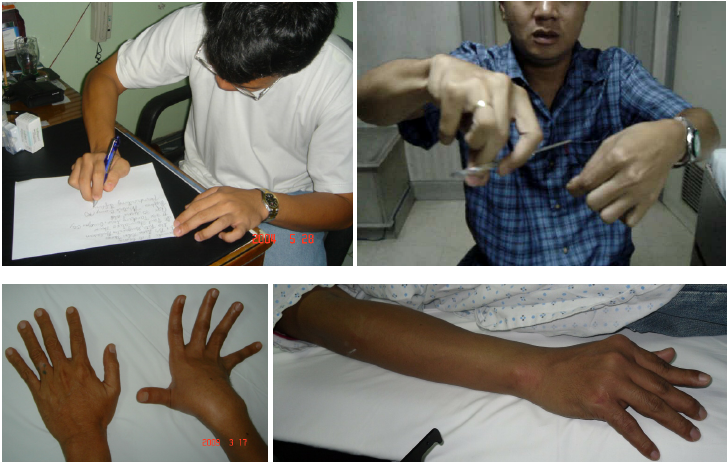
Lower Limb Dystonia
Lower limb dystonia refers to dystonic movements and postures in the leg, foot, and/or toes. It may also be referred to as focal dystonia of the foot or leg.
Ironically, symptoms of lower limb dystonia may occur while walking forwards, but improve or disappear when walking backwards.
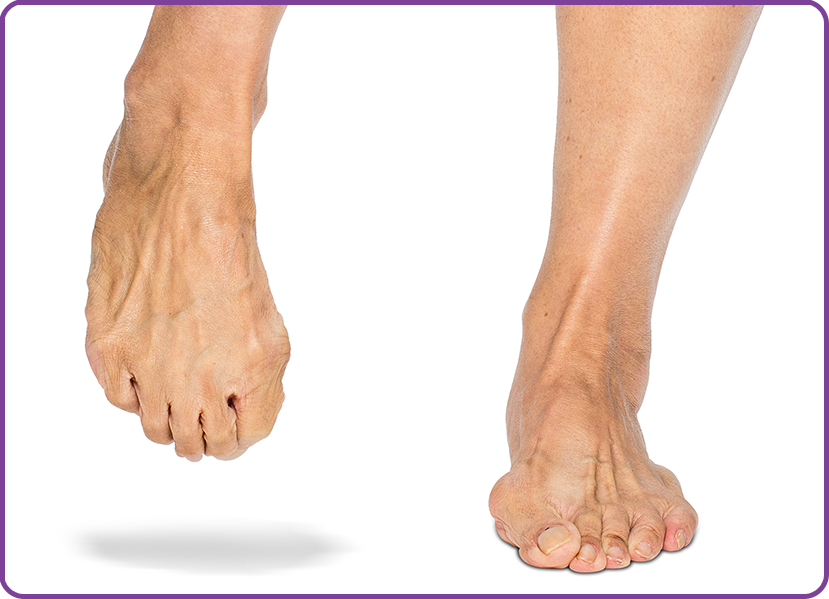
Chronic Migraines
When used for migraine prevention, Botox injections are scheduled about every three months because the effects are not permanent. With time, most people who experience a decrease in migraine frequency and severity with Botox are able to have less frequent injections.
Botox injection for chronic migraine prevention should take no longer than five to 15 minutes. During the procedure, several sites around the head and neck are injected.
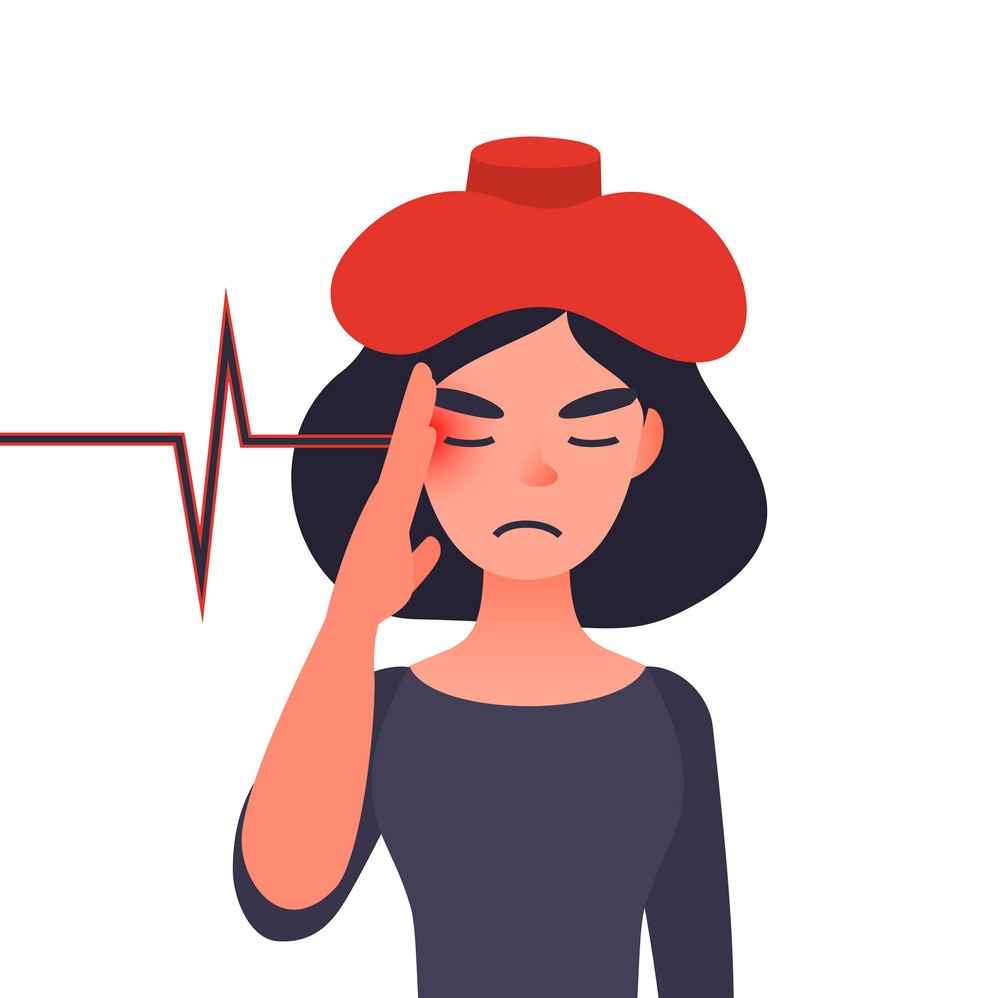
Post-Stroke Spasticity
Poststroke spasticity (PSS) is a common complication associated with other signs and symptoms of the upper motor neuron syndrome, including agonist/antagonist co-contraction, weakness, and lack of coordination.
Together, they result in impairments and functional problems that can predispose to costly complications.

BOTULINUM INJECTION THERAPY IN AHMEDABAD - DR. BARAD’S CLINIC
Consult Dr. Narendra Barad for Botulinum Injection Therapy in Ahmedabad. We offer botulinum toxin treatment for movement disorders such as cerebral palsy, spasmodic torticollis, dystonia.
